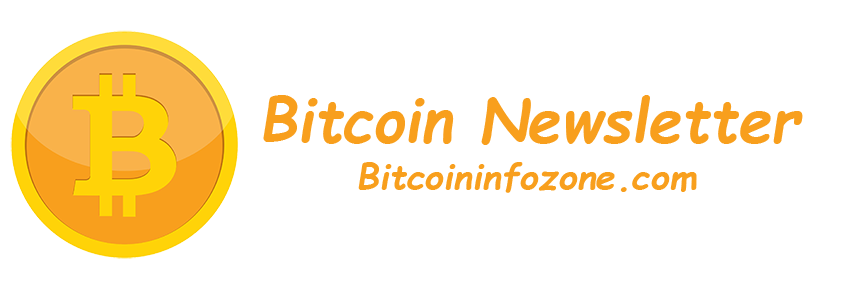US Congressional Agency Reveals Blockchain Policy Recommendations
The United States Government Accountability Office (GAO) recently assessed the financial/ non-financial risks and benefits that blockchain technology can provide. It identified four policy options that various institutions could adopt to help enhance the noted advantages while mitigating risks.
The Blockchain Technology Assessment
Released on Wednesday, the assessment’s recommendations are targeted toward local/ state governments, federal agencies, Congress, industry, and research institutions alike.
The first option is to set uniform standards on how blockchains technology is both developed and implemented. Such standards would help create interoperability between different blockchain systems, and strengthen a smaller, focused number of privacy and security standards applicable across many blockchains.
It would also help simplify the 30+ standards and definitions around blockchain set by entities in the U.S. and abroad.
Secondly, policymakers may choose to clarify their regulatory oversight mechanisms for blockchain technology, or to establish new mechanisms entirely.
This appears to be the approach the White House is taking with President Biden’s Executive Order for the crypto industry, which is helping organize research and responsibilities between federal agencies. It’s also an approach that industry leaders have repeatedly called for to encourage institutional confidence.
Thirdly, the assessment suggests providing both regulators and policymakers with educational materials about blockchain, including its non-financial applications.
For example, the option could hypothetically spur more innovative research into blockchain solutions that track and trace prescription medicines in pharmaceutical supply chains. New York City Mayor Eric Adams had similar ideas when he recommended that children learn about blockchain in school last November.
Pros and Cons of Blockchain
The assessment’s last recommendation is that policymakers investigate which applications blockchain could be useful for, versus which ones it would burden. To accomplish this, they could conduct blockchain pilots in certain industries, giving industry participants a heads-up on where to apply distributed ledger systems.
On one hand, the report suggests that blockchain can help support complicated networks with many distributed participants that don’t necessarily trust each other already. Such uses already include lending, borrowing, cryptocurrencies, and stablecoins, which allow for trustless digital money transfers.
On the other, blockchain could make simple networks overcomplicated where participants have pre-established trust. Furthermore, they can present privacy challenges in certain areas, which can often be energy-intensive.
For example, one proposed idea is that blockchain be used for providing digital IDs. This would help users more easily establish who they are and provide trust in digital transactions, but could also result in major privacy issues if the encryption of an ID is ever broken.
